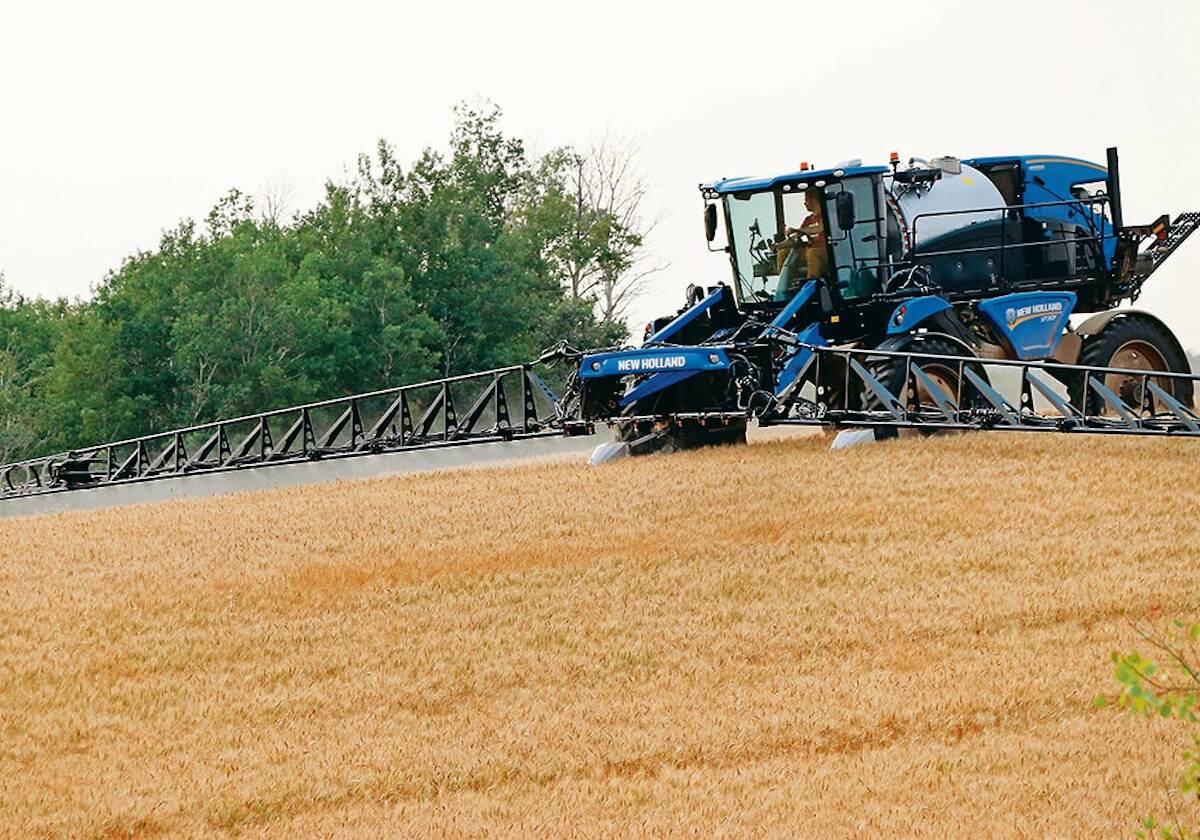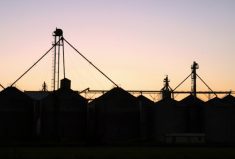It’s an article of faith in many parts of Canada’s agriculture economy that trade is good, the freer the better.
In the run-up to recent deals with the European Union (CETA) and a group of Asian-Pacific trading partners (CPTPP,) many of your industry groups were among the loudest and most supportive voices.
Both are now law. CETA became reality in fall of 2017 and CPTPP came into effect just weeks ago, on December 30.
There’s little doubt that much of the agriculture sector will benefit from these deals. For Manitoba, agricultural products make up the lion’s share of trade with CPTPP partners, dwarfing the exports from other sectors.
Read Also

Farming still has digital walls to scale
Canadian farms still face the same obstacles to adopting digital agriculture technology, despite the years industry and policy makers have had to break them down.
However, even absent tariffs, other barriers can remain.
Manitoba cattle producers are working to remove non-tariff barriers to the entry of their product to the European Union. As was recently reported in the Western Producer, roughly half a million cattle must be raised to those standards to fill the potential EU market.
Beef Producers has partnered with the Manitoba Veterinary Medicine Association to encourage vets to get certified to inspect premises for EU approval, and get their names on a list to let the producers know the service is available.
That’s the first barrier that they’ll have to clear, and the lone major one that can be dealt with entirely at the farm level. Moving past the farm gate, the situation gets more complex.
Canada’s major beef processors are in no rush to change their processes to accommodate EU-approved carcass washes or to seek EU certification. To them, the EU market is minor, barely worthy of pursuit.
This has created an opportunity for smaller processors. Manitoba’s lone federally inspected (and therefore eligible to export internationally) beef packer has its sights set on the EU.
Calvin Vaags owner of Carman’s True North Foods, says his company aims to connect EU buyers with Manitoba producers by demonstrating EU compliance and certification.
In a media release, Vaags said many local producers are already growing beef in compliance with the EU standard on growth promoters and are well positioned to serve this market. He’s also on the record as stating that a smaller operation like his own can be more nimble in its movements to meet such requirements.
In some ways, the same can be said of the Manitoba beef sector. While still not back at pre-BSE numbers, it is still a significant contributor to Canadian beef production. According to a report by Manitoba Agriculture, even at the lower numbers of recent years, Manitoba still takes third place in the national picture with close to 12 per cent of the nation’s beef cows and 1.3 per cent of North American beef cows (as of 2015).
With those numbers, and a population that totals only about 3.5 per cent of the national total, the province will always export a significant proportion of the beef produced here. Right now that mainly means flowing west to Alberta’s feedlot alley, where the commodity beef slaughter and processing capacity has consolidated.
In fact, Alberta slaughters nearly 70 per cent of the national total, with Ontario coming in second place with about 20 per cent of the slaughter capacity. Manitoba, on the other hand, has just 0.4 per cent, according to figures from the food industry union the United Food and Commercial Workers.
It’s unlikely a major beef processor is going to buck this consolidation trend and open up shop here in the Keystone province, though we at the Co-operator would be happily proven wrong on that point. Absent that, however, it would seem that our best opportunity to grow our beef value-added sector will be through identifying and exploiting new niches created through new and expanded trade deals.
Keeping more of that processing here at home and contributing to the provincial economy is a laudable goal and one that will benefit everyone in the province. Building that capacity could also contribute to the provincial government’s stated goal of rebuilding the province’s beef herd.
But getting there will require identifying the opportunities, and then building the systems to meet them. The work done by the Manitoba Beef Producers and the province’s veterinarians is an excellent example of proactively meeting challenges.
Hopefully in the coming years we will see more examples of this sort of proactive work. With Manitoba’s relatively small population and enormous agriculture productivity, export markets are clearly the future of the sector.
As opportunities begin to present themselves the race will go to the swift, and only we can make sure we’re fleet enough of foot.



















